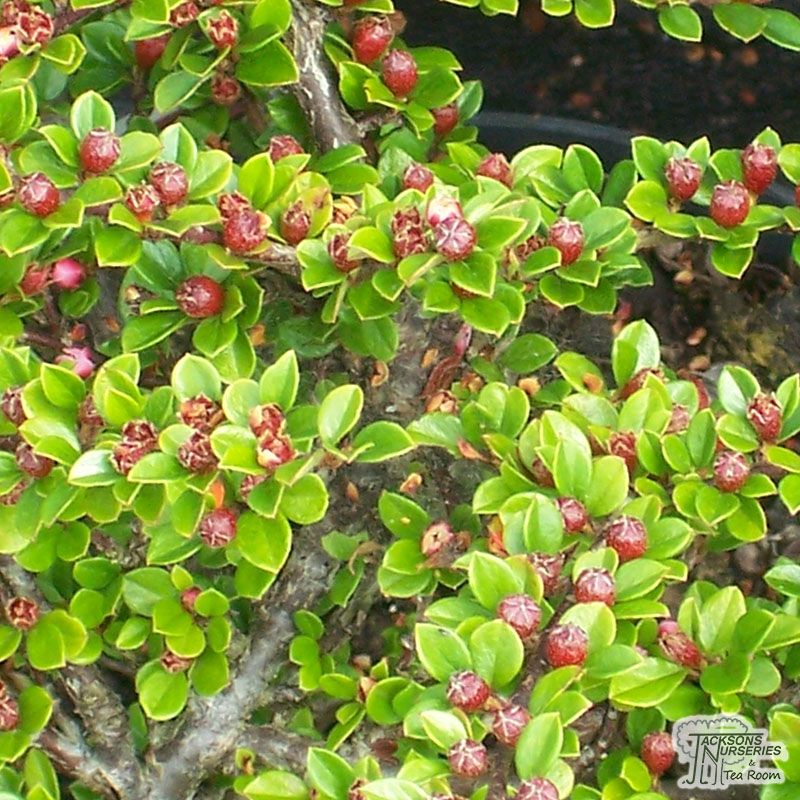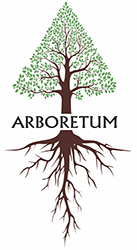Cotoneaster
Cotoneaster is a genus of non-thorny shrubs, less often of small trees of the Rosaceae family. Name: comes from the Greek 'cotonea' - quince, 'aster' - having a look, by the similarity of quince leaves and one of the species of cotoneaster.
Representatives of the genus grow in Eurasia, North Africa.
Cotoneaster trees are deciduous or evergreen slowly growing shrubs. The leaves are medium-sized, simple, alternate, whole-marginal, ovate, dark green in the summer, reddening in the fall (most often shiny). The flowers are white or pink, small, in shields, brushes or solitary.
Cotoneaster fruits are small, red or black apples with 2–5 seeds (the fruits of some species are edible). Cotoneaster propagated by seeds and vegetatively. Green cuttings root faster in high humidity, that is, under the film. The best time for grafting is the second half of July. The substrate consists of a mixture of peat and sand, taken in equal quantities.
Many species are decorative, some are used for fixing sandy slopes, as well as hedges. Cotoneaster trees have been known in the collections of botanical gardens since 1864. At present, about 80 species, varieties and garden forms of cotoneaster are used as material for landscape design. They are undemanding to soils and humidity, most of them are frost-resistant and gas-resistant. Well give in to molding. Old bushes are easily rejuvenated by radical pruning. Deciduous species are pruned in February, evergreens in April.


